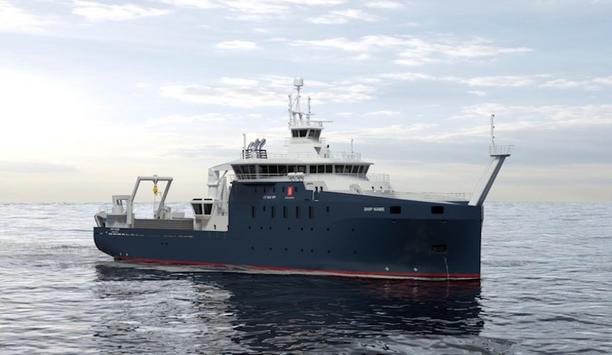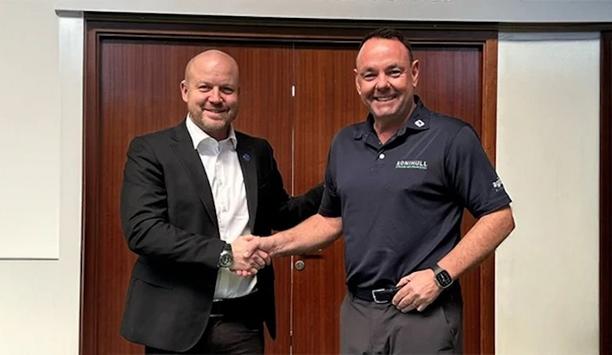Steam turbines provide a valuable opportunity for many industries in South Africa to self-generate more of their power requirements often from alternative fuels produced as a by-product of their processes.
This technology offers benefits including energy cost reductions, a more stable supply of power, and a lower carbon footprint.
Generating steam for electricity
A major South African firm taking advantage of these opportunities is Sappi Saiccor.
Its mill at Umkomaas in KwaZulu-Natal is one of the world’s largest producers of dissolving pulp for viscose staple fibre – used mainly in the production of textiles but also in other households, industrial, and pharmaceutical applications. Gas produced from this process represents a fuel source which generates steam for electricity production.
Steam turbine
Steam turbine technology is becoming increasingly versatile, to accommodate the specific requirements
A 45 MW extraction backpressure steam turbine from WEG will be added to Sappi Saiccor’s energy-generating capacity at its MgO3 plant. The power generated will be used for internal consumption.
Steam turbine technology is also becoming increasingly versatile, to accommodate the specific requirements of the facilities they serve. At the Sappi Saiccor mill, for instance, there is the need to have 15 different load points served by the turbine whereas in the past it was usual to have just two or three load points.
Load points and flow range
It is possible to provide many more load points – each one with its inlet steam flow conditions. The steam turbine design can cater to a steam flow range that varies considerably. For the new unit at Sappi Saiccor, this range will be from 75 t/h to 300 t/h.
As the major manufacturer of steam turbines in Brazil, WEG has supplied several units of this turbine model to customers in the market there. The company’s factory in Brazil will design and manufacture the new unit bound for South Africa, and WEG will conduct the installation, commissioning, and ongoing maintenance in 2025. The Sappi Saiccor mill will also use a 50 MVA, 11 kV WEG alternator, which will be coupled to the steam turbine.
Decreasing costs, increasing production
Load-shedding has limited the productivity of many firms, that are looking for longer-term solutions
There is significant interest in steam turbine technology among South African companies that produce steam as part of their industrial processes – especially those that have alternative fuel sources. He notes that load-shedding has limited the productivity of many firms, that are looking for longer-term solutions.
WEG receives regular inquiries from companies that operate boilers for their operations, looking for opportunities to reduce their operating costs while raising their production levels through a more reliable supply of electricity.
Steam flow and pressure assessment
The company can conduct an assessment of their steam flows and pressures, to advise on the most suitable turbine size and the amount of energy they could generate internally.
WEG also has a depth of local expertise and supporting infrastructure to service steam turbines of various makes and can provide maintenance contracts to give customers peace of mind. In addition to this, WEG offers its customers access to a complete set of spare parts, all of which promote high equipment availability levels.










